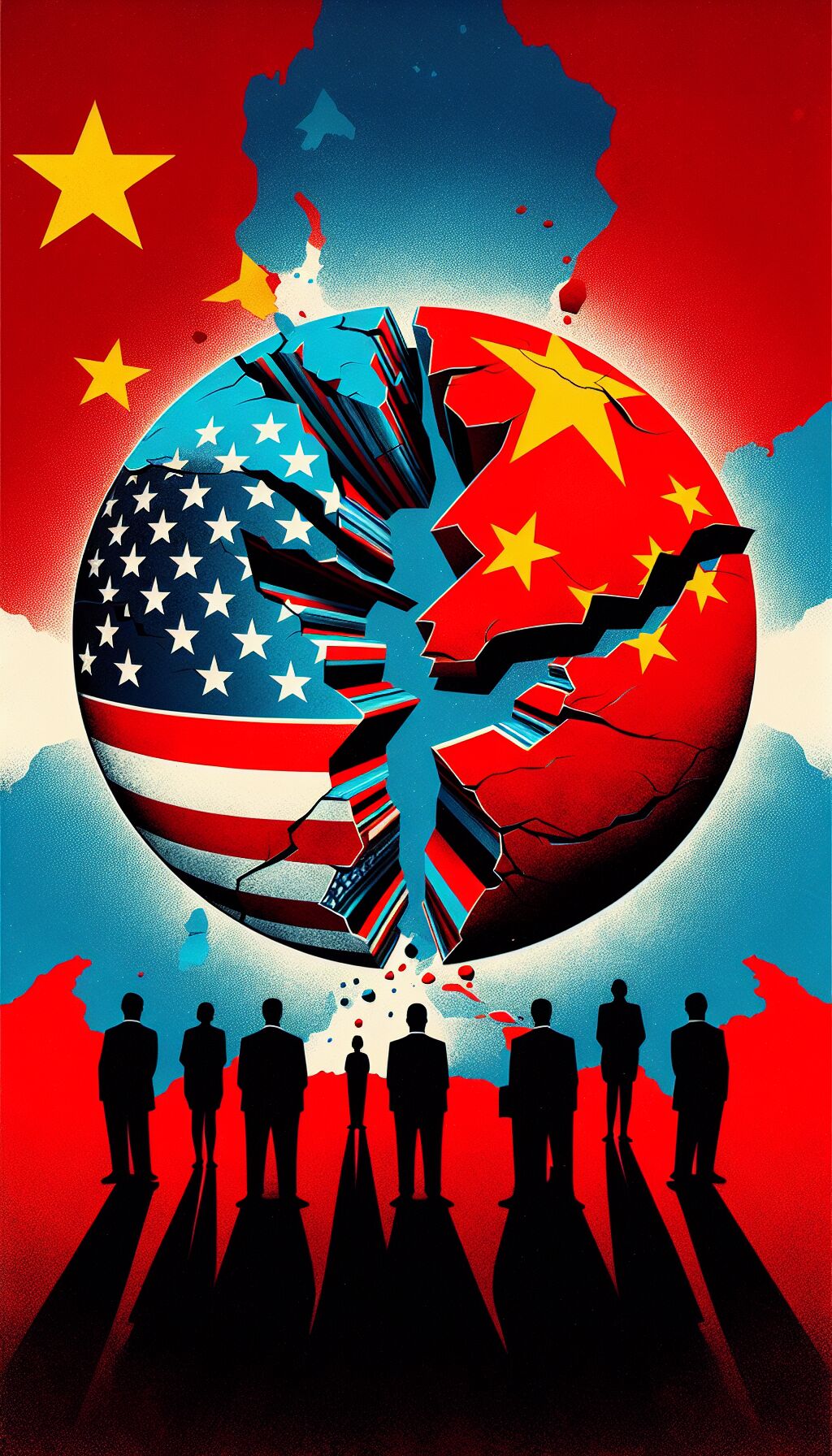The Implications of Their Dynamic on the Future of US-China Relations
The relationship between the United States and China, as the world’s two leading superpowers, is one of the most consequential dynamics shaping global stability and prosperity. In an increasingly interconnected world, the evolving interactions between these nations hold significant implications not only for bilateral ties but also for the broader international order. As observers around the globe remain cautious and speculative, the way the US and China navigate their differences will have a lasting influence on issues ranging from trade and security to technology and human rights.
Current State of US-China Relations
The past few years have highlighted a turbulent phase in US-China relations, characterized by a multitude of challenges and confrontations. From trade disputes that saw punitive tariffs imposed by both sides to a fierce competition for dominance in emerging technologies, the stakes are higher than ever. Moreover, differing philosophies on international governance and human rights have exacerbated tensions. These disparities have not only strained diplomatic ties but have also brought to light the fragility of global cooperation.
For instance, while the US has often criticized China on issues concerning human rights, particularly in regions like Xinjiang and Hong Kong, China has reacted with ire, framing such criticisms as interference in its domestic affairs. This standoff poses a significant challenge to mutual understanding and respect between the two powers.
Areas of Conflict
Among the most contentious issues are trade policies and technology advancements. The ongoing trade war, which began with the imposition of tariffs during the Trump administration, has created economic friction that affects businesses and consumers on both sides. The US accuses China of unfair trade practices, currency manipulation, and stealing intellectual property, while China counters that the US is trying to contain its rise as a global competitor.
Furthermore, competition in the tech sector, notably surrounding companies like Huawei and TikTok, embodies the larger struggle for technological supremacy. The US views China’s technological advancements as a direct threat to its national security, leading to measures such as export restrictions and blacklisting of certain Chinese firms. Such actions have created an atmosphere of hostility where technological cooperation, which could be beneficial for both nations, seems increasingly distant.
Opportunities for Collaboration
Despite the myriad of challenges, the US and China are also presented with opportunities for collaboration on pressing global issues. The impacts of climate change stand out as a significant area where both nations could potentially find common ground. Recognizing that climate change poses a threat to global security and economic stability, there have been calls for the US and China to cooperate in reducing carbon emissions and advancing green technology.
Similarly, the COVID-19 pandemic highlighted the need for global health cooperation. The pandemic has shown that health crises do not respect national borders, making it essential for countries to collaborate on health initiatives and research. Working together in these areas could foster a more constructive relationship, providing a counterbalance to their ongoing disputes.
Leadership and Domestic Factors
The future trajectory of US-China relations will largely depend on the leadership decisions within both nations and the state of their respective domestic economies. Leaders in both countries face pressures from nationalistic sentiments within their political spheres, which can skew their responses to external events. As domestic challenges mount, such as economic recovery post-pandemic and political instability, leaders may find themselves resorting to more confrontational approaches in their foreign policy.
Furthermore, ongoing conflicts, like rising tensions surrounding Taiwan, are fraught with risk. The US has maintained a policy of strategic ambiguity toward Taiwan, while China views reunification as a core national interest. Any missteps in this area could lead to significant escalation and broader implications for regional stability.
The Balance of Rivalry and Cooperation
As both nations navigate these complex dynamics, the key question remains whether they can strike a balance between rivalry and cooperation. The costs of unchecked hostility could lead to a severe economic downturn, disruption of global supply chains, and destabilization of international alliances. The repercussions would be felt not only in the US and China but across the globe.
Conversely, a willingness to engage in pragmatic cooperation could foster a more stable and prosperous global environment. As both nations confront the reality of their interdependence, they must weigh the benefits of collaboration against the backdrop of their competitive instincts.
Conclusion: A Pivotal Moment for Global Relations
Ultimately, the intricacies of US-China relations will significantly shape the 21st century. Whether their relationship becomes one of increasing antagonism or steers toward mutually beneficial coexistence remains uncertain. What is clear, however, is that the outcome of their dynamic will have profound implications not only for the United States and China but for the rest of the world.
As global observers watch closely, both nations stand at a pivotal moment in their history—a juncture that could either lead to greater conflict or unprecedented collaboration. The choices made in the coming years will undoubtedly echo through generations to come, underscoring the importance of careful navigation through this complex and often volatile relationship.












